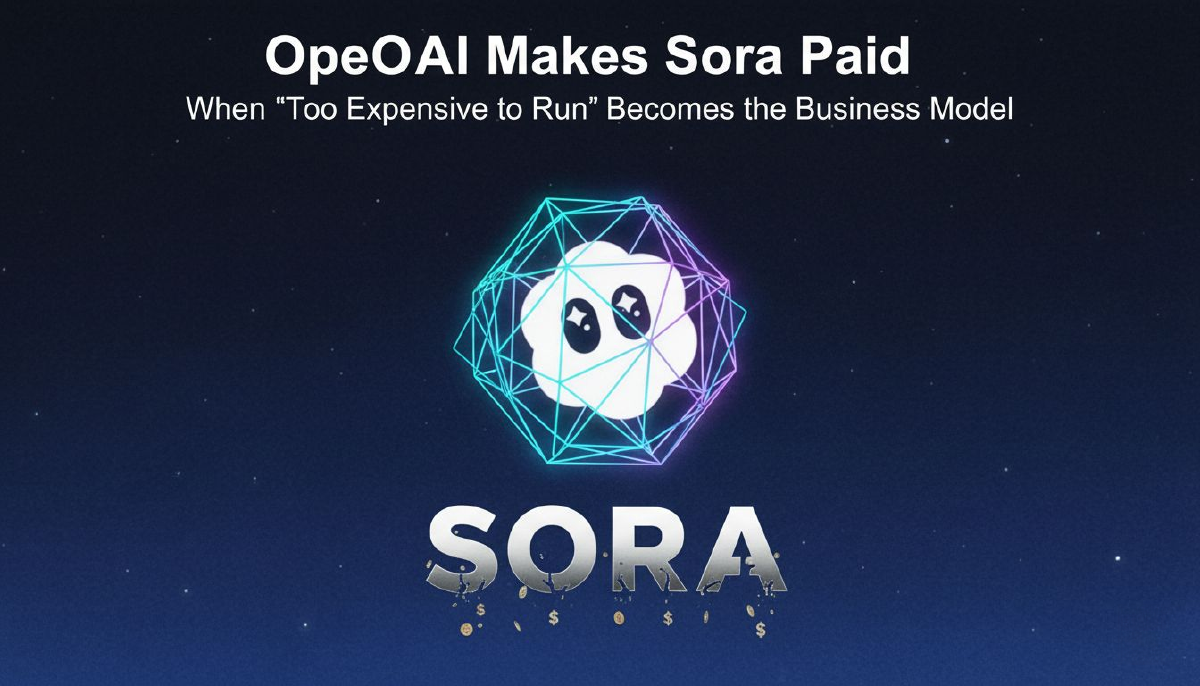OpenAI just made Sora a paid product. The video generation tool that impressed everyone with its ability to create realistic footage from text prompts is no longer free. The reason? It’s too expensive to run.
That’s the official explanation, anyway. And it’s probably true—generating high-quality video from scratch requires serious computational power. But the timing and framing tell a different story about where AI companies are heading, and it’s worth paying attention to.
The Pattern Emerges#
We’ve seen this before. Launch a groundbreaking AI tool. Give it away for free. Build massive adoption and hype. Then introduce pricing “to ensure sustainability.” It’s the playbook now.
The question isn’t whether companies like OpenAI have the right to charge for expensive services—of course they do. The question is whether the free period was ever meant to last, or if it was always a customer acquisition strategy dressed up as democratization.
Sora’s computational costs are real. Video generation at scale burns through resources in ways that text generation doesn’t. But those costs were known from day one. OpenAI didn’t suddenly discover that GPUs are expensive.
What Changes for Users#
For professional content creators already using Sora in production, a subscription model probably makes sense. If the tool saves hours of video production work, paying for it is justifiable. The ROI calculation is straightforward.
For casual users, hobbyists, or people experimenting with AI video—this is where it gets harder. The barrier to entry just went up. Not prohibitively, perhaps, but enough to filter out anyone not committed to regular use.
The shift changes the relationship. Free tools invite experimentation. Paid tools demand justification. That’s not inherently bad, but it does narrow the circle of people who’ll push the technology in unexpected directions.
The Economics Problem No One Solved#
Here’s the uncomfortable reality: no one has figured out how to offer cutting-edge AI at scale without either charging users or burning investor money. OpenAI is backed by billions in funding, but even that has limits. At some point, revenue needs to materialize.
The challenge is that AI tools are expensive to run but easy to undervalue. Users expect near-instant results, minimal latency, and continuous improvements—all while questioning why they should pay for something that “feels like it should be free.”
Sora’s paid model is a correction. It’s OpenAI saying: this costs real money to operate, and we’re not going to subsidize it indefinitely. That’s honest, at least.
What This Signals#
If Sora goes paid, expect others to follow. AI video generation tools from competing companies will face the same cost pressures. Free tiers might stick around for limited use, but anything resembling production-level access will carry a price tag.
The broader implication: AI accessibility is bifurcating. Tools that are cheap to run (text generation, basic image editing) might stay affordable. Tools that require massive compute (high-resolution video, real-time simulation, complex multimodal generation) will increasingly be gated behind subscriptions.
That’s not a value judgment. It’s just economics catching up to innovation.
Learn more: Visit OpenAI’s Sora page for details on the video generation tool.


